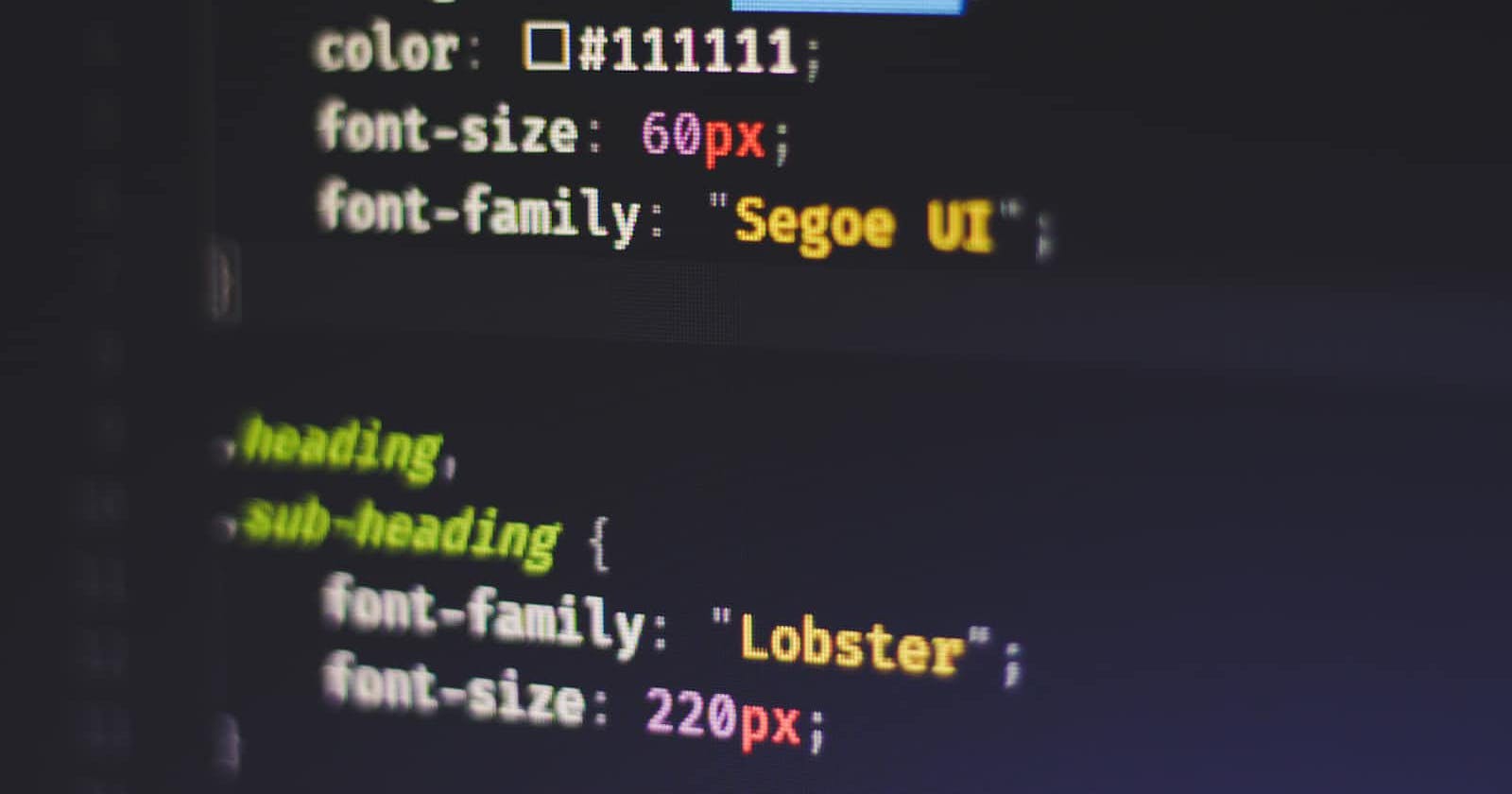Introduction
Front end development is the area of web development that focuses on the user interface. It is all about converting the backend code into a graphical interface. The front end makes the data easy to read and understand.
Who is Front End Developer?
A person who develops and designs the front end or user interface of a website or application is called a Front End Developer. Front End Development is also known as client-side development is the execution of HTML, CSS and JavaScript for a website or web application to make the data user friendly.
Roles and responsibilities of a Front End Developer
There are few roles and responsibilities that every developer must perform
Using HTML, CSS and JavaScript to give life to the data.
Making the website attractive and user friendly.
Enhancing the user experience.
Designing, developing and maintaining the user interface.
Innovating tools that improve user interaction and user interface.
Fixing the bugs in application and testing for usability.
Making sure that application works smoothly on different devices and operating systems.
Web technologies that are involved in Front End Development
Front end developers use numerous technologies to convert backend code into a user-friendly interface. Few of the web technologies that are used by front end developers are; HTML, CSS and JavaScript.
HTML: It is considered as the building block of a website. For a browser to display the content correctly, HTML is used as a programming language to describe and mark the desired content.
CSS: It’s like a set of instructions that controls the style and structure of a webpage. CSS helps the front end developers to manage a website or web application’s formatting, presentation and layout.
JavaScript: JavaScript makes any website interactive which reacts to user actions.
DOM: DOM stands for Document Object Model. It is a cross-platform and language-independent convention for representing and interfacing with objects in HTML, XHTML documents.
CSS preprocessors: It is used to make CSS scalable and interactive. Its task is to transit in the well-formatted CSS that work on different browsers. The most in demand CSS preprocessors are LESS and SASS.
Use of APIs and RESTful services: Rest stands for Representational State Transfer. It is a lightweight architecture that simplifies network communication between front end and back end.
Graphic Design Tools: It is used to make a prototype of the website, the prototype helps developers to experiment with the interface.

